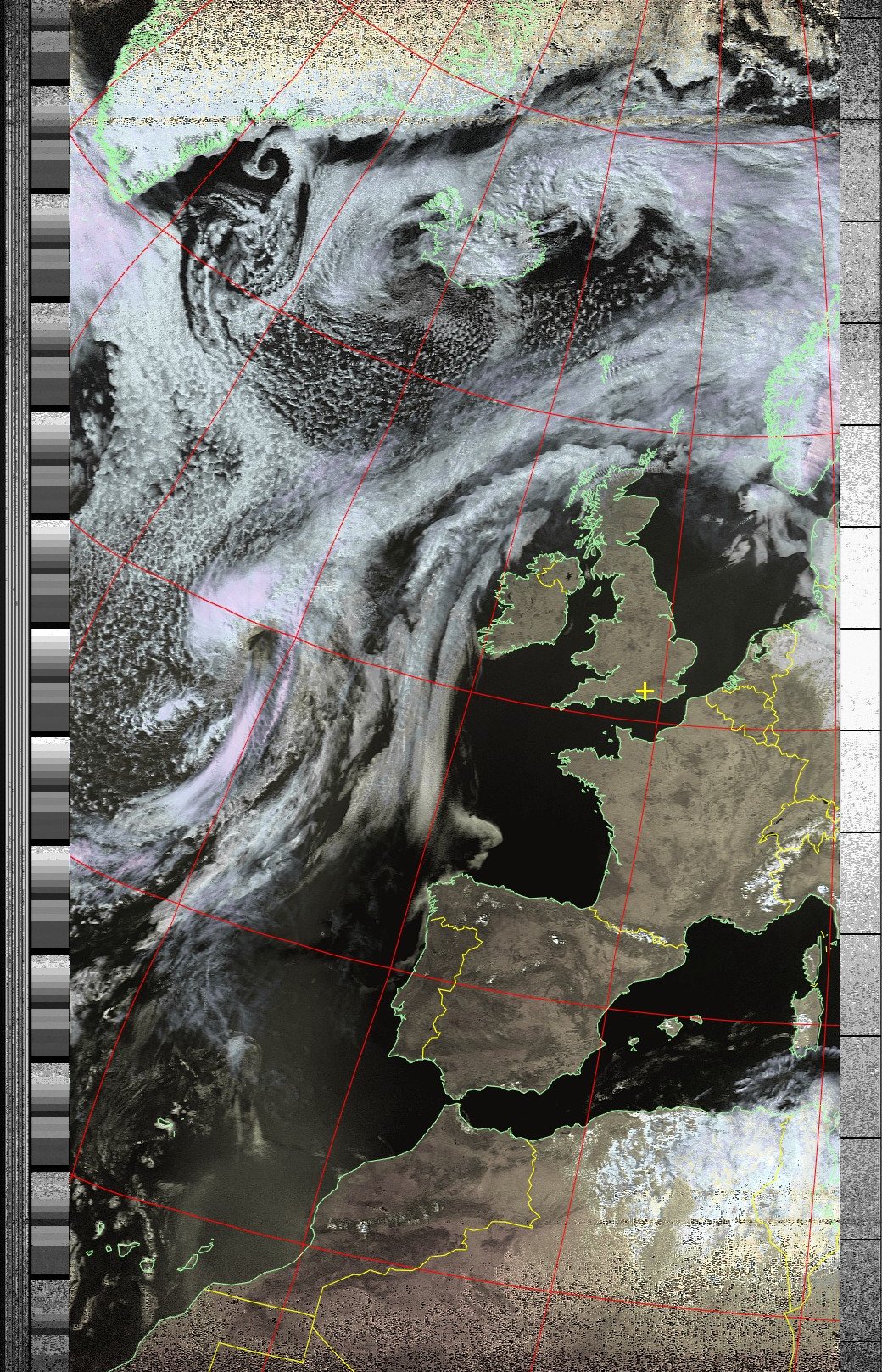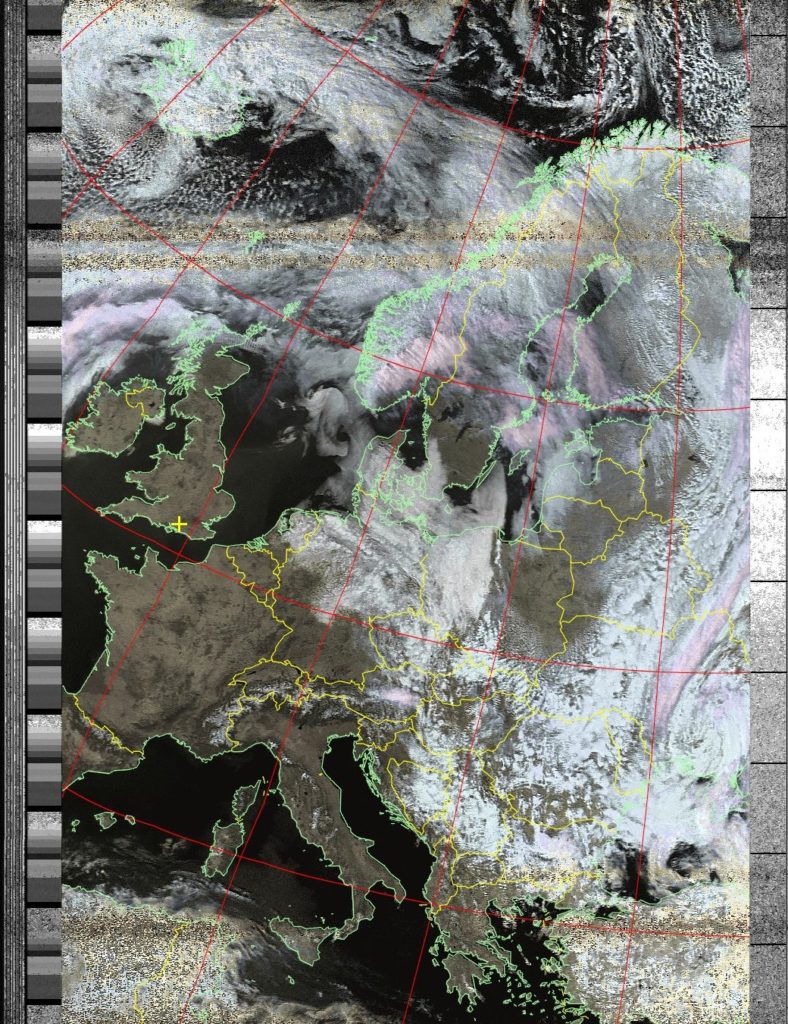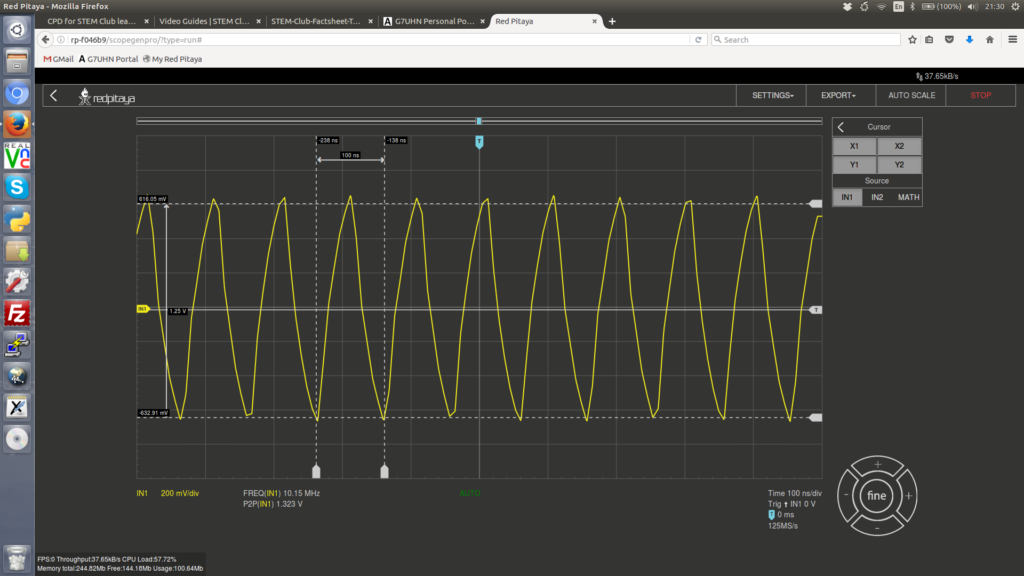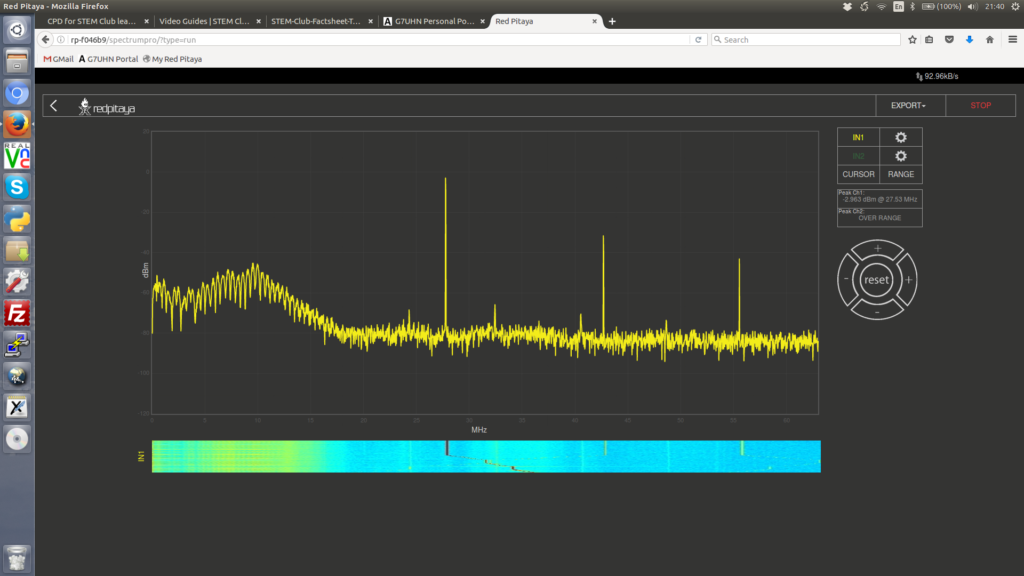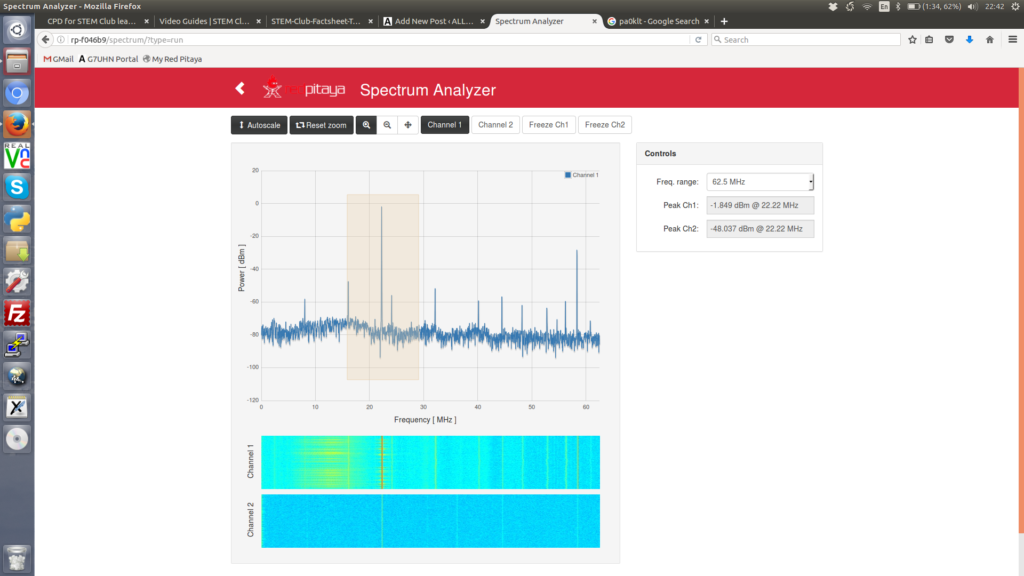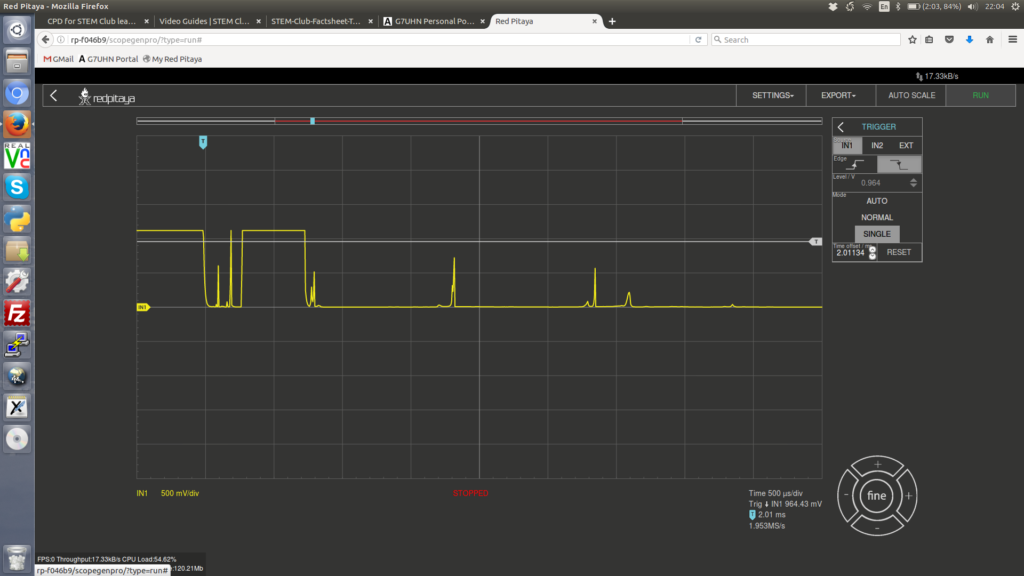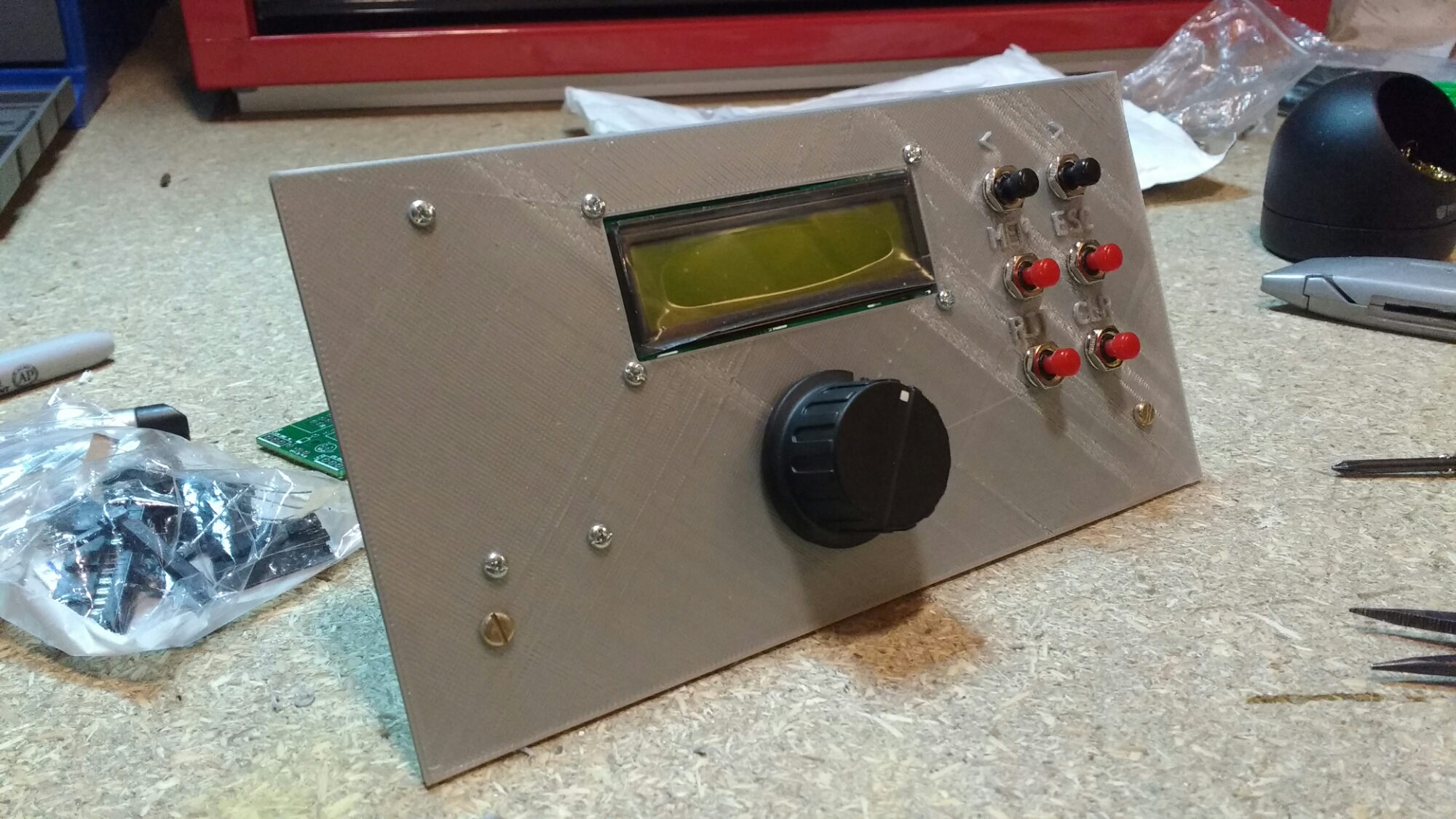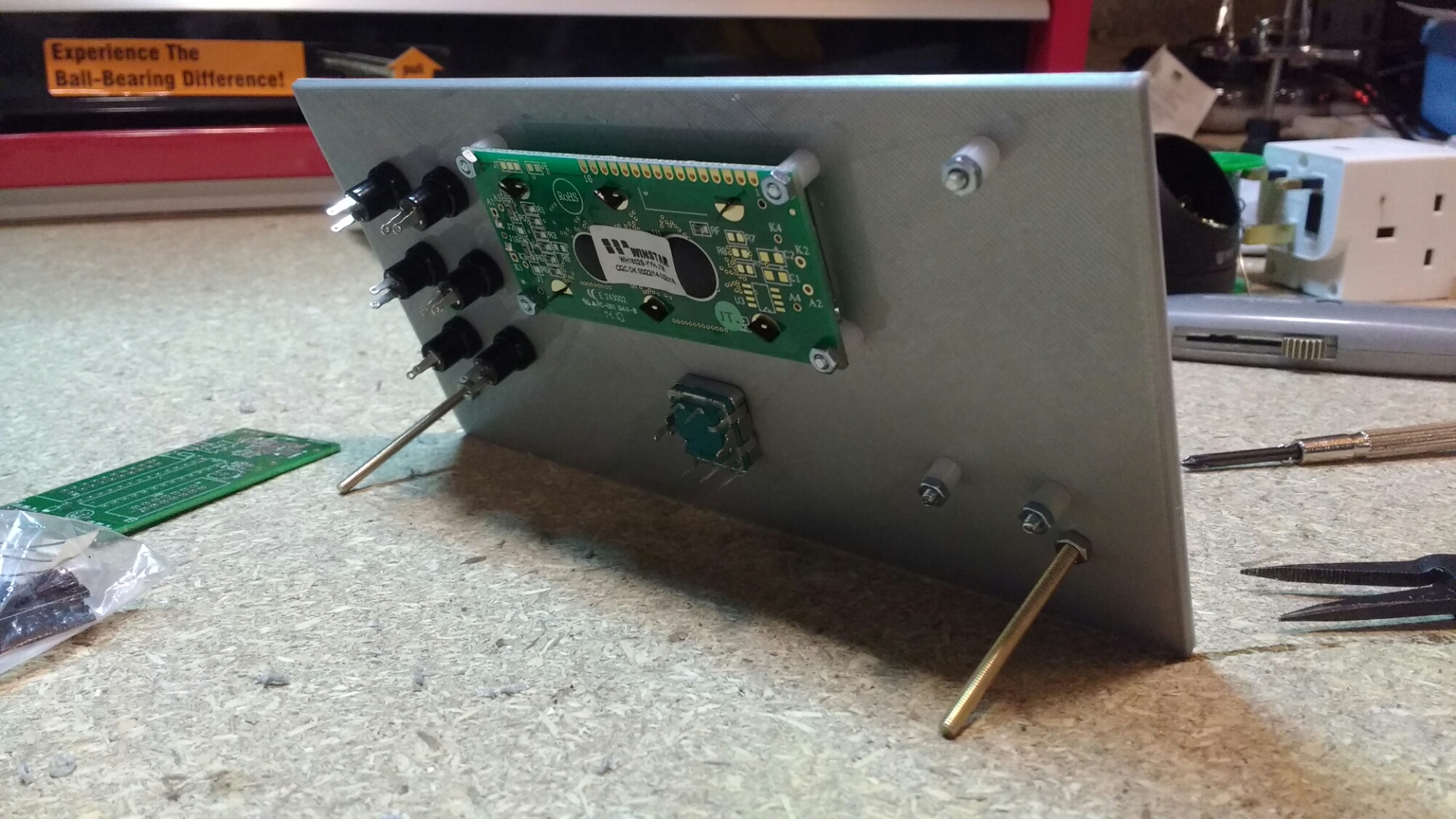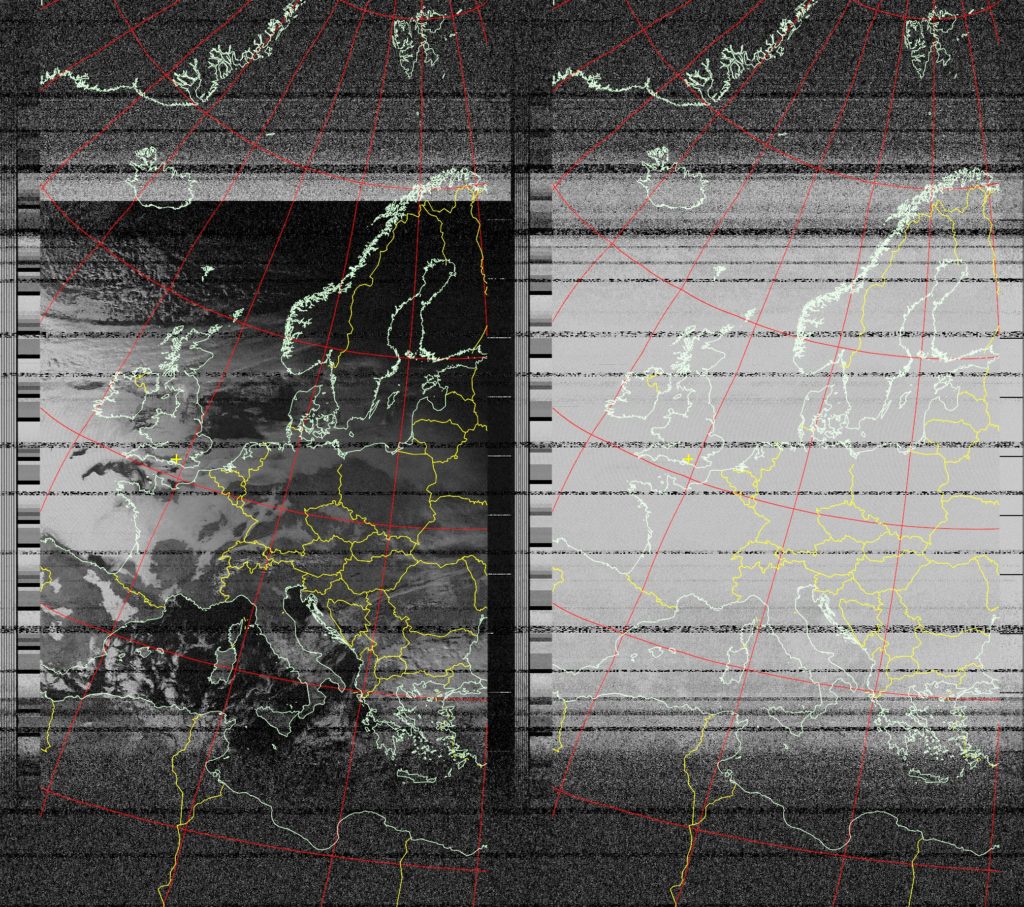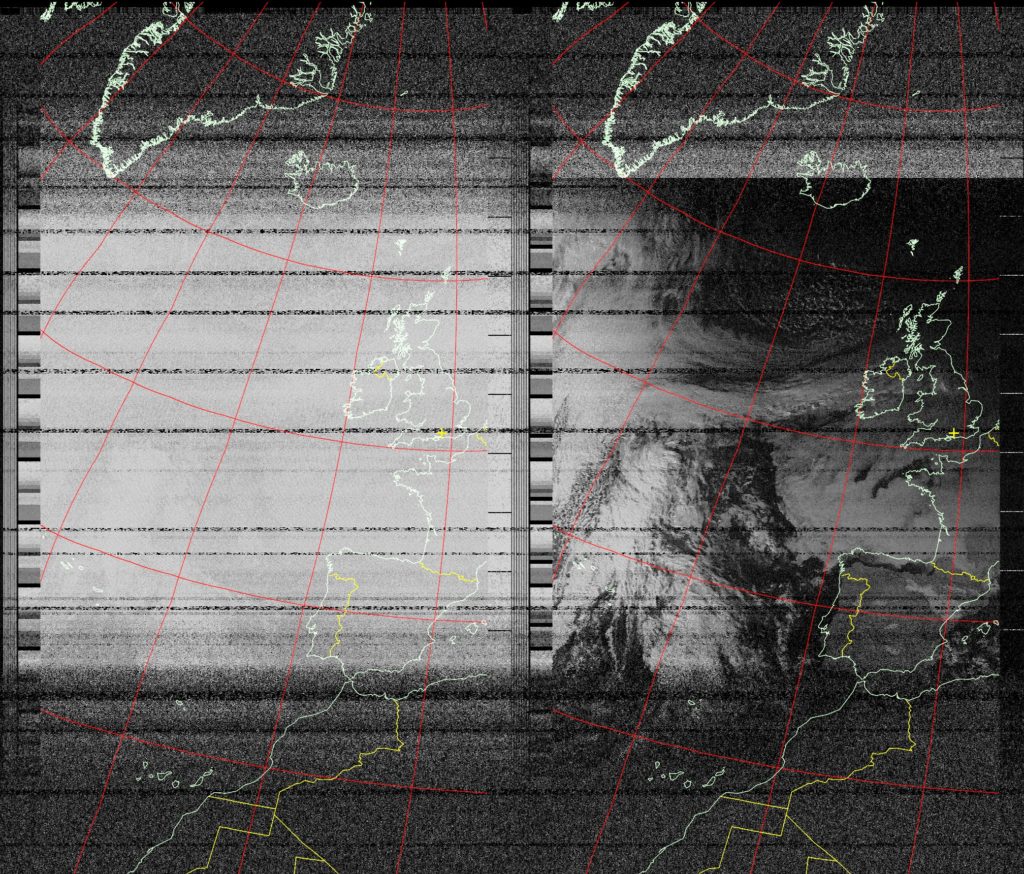Just a quick post so I don’t lose this command… (!)
$ parec --latency-msec=10 -d alsa_input.pci-0000_00_1b.0.analog-stereo --stream-name=Sidetone-source | pacat --latency-msec=10 -d alsa_output.pci-0000_00_1b.0.analog-stereo --stream-name=Headset-sidetone &
I’m setting up for iCW (Internet CW) on Linux and this is the pulseaudio pipe command to get a low latency monitor of my laptop’s line in (FT-817 audio is plugged in as a keyer) to my headphones. By default, if I load the pulseaudio loopback module, the latency is far too high to work the keyer… but all those months trying to get pulse working for the network radio setup have paid off! Instead of using pulse’s loopback module, the command above pipes the specified input source to the specified output sink and allows me to specify a target latency. 10ms is just a first guess here but it seems to be OK.
More to follow, probably a new page when I’ve got it all working…

